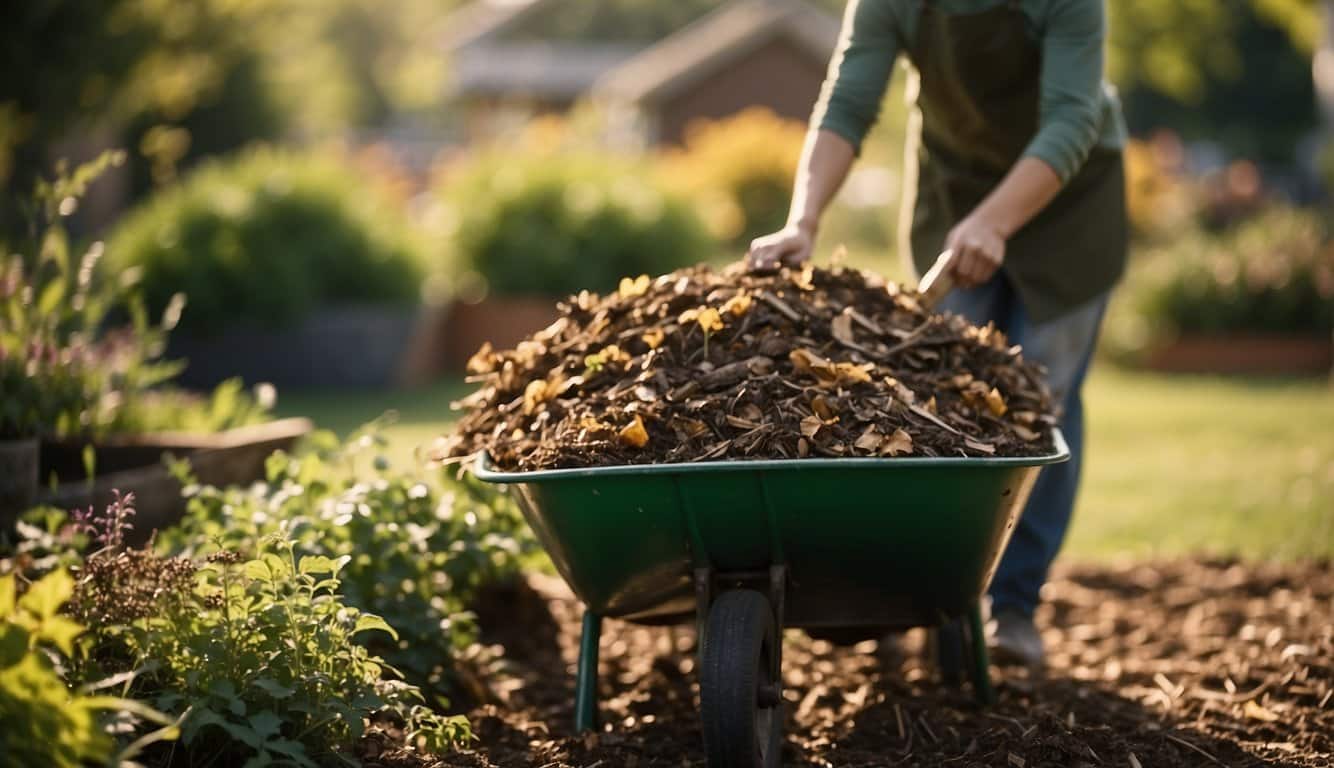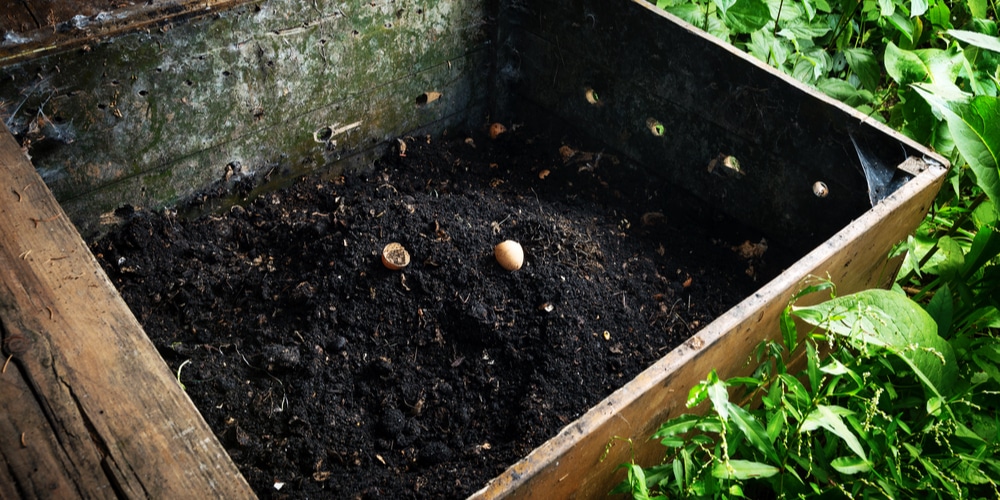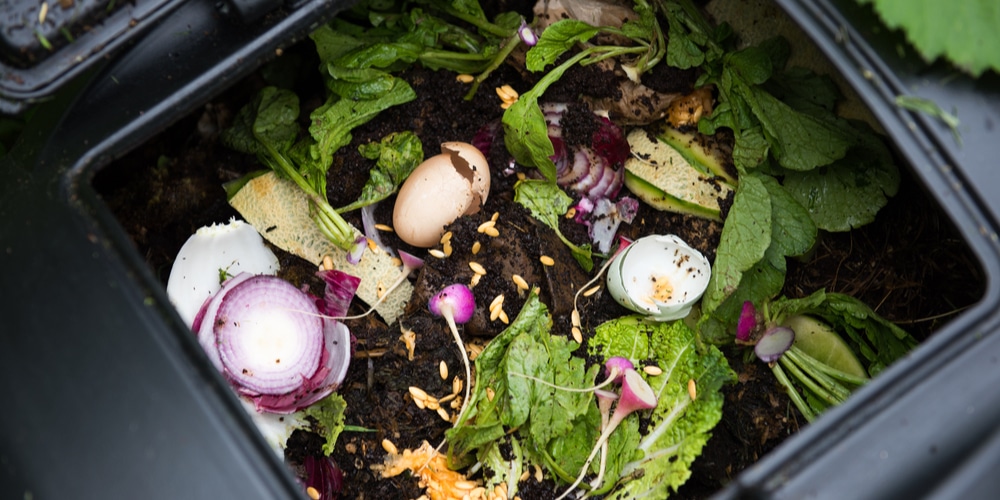Composting: 101
Composting is an eco-friendly way to recycle your kitchen scraps and yard waste into nutrient-rich soil that can significantly enhance your garden’s health.
When you start composting, you transform what would be wasted into valuable fertilizer, promoting sustainable living.
Key Components
Your compost pile should consist of:
- Greens: These are nitrogen-rich materials like fruit and vegetable scraps, coffee grounds, and grass clippings.
- Browns: These provide carbon and include items such as dried leaves, twigs, and cardboard.
To maintain a balanced compost pile, aim for a ratio of about 3 parts browns to 1 part greens.
Steps to Start:
- Select a Location: Choose a dry, shady spot near a water source.
- Begin Your Pile: Alternate layers of browns and greens.
- Water: Your pile should be moist, but not soaked, resembling a wrung-out sponge.
- Aerate: Turn your pile every week to aid the decomposition process.
To ensure your compost pile decomposes efficiently, keep it at a temperature between 135°F and 160°F.
Remember to turn the compost occasionally, which introduces oxygen necessary for aerobic decomposition.
Why Bother?
- Improves soil structure
- Enhances water retention
- Provides essential nutrients
- Reduces the need for chemical fertilizers
Preparing for Your Compost Pile
Starting a successful compost pile in spring requires attentiveness to location and the materials you choose to compost. These steps set the stage for an efficient breakdown of organic waste, transforming it into nutrient-rich soil for your garden.
Choosing the Right Location
- Accessibility: Ensure your compost pile is easily accessible year-round, so you can add materials and turn the pile even in inclement weather.
- Drainage: Select a level area with good drainage to prevent waterlogging, which can inhibit the aerobic process necessary for composting.
- Sun Exposure: Opt for a balance of partial sun and shade; too much sun can dry out your compost, too little can lead to excessive moisture.
Selecting Appropriate Ingredients
For a balanced and effective compost pile:
- ‘Greens’ or Nitrogen-Rich Materials:
- Kitchen scraps like vegetable and fruit peelings
- Fresh lawn clippings
- Coffee grounds
- ‘Browns’ or Carbon-Rich Materials:
- Dried leaves
- Straw
- Small twigs
- Paper products (shredded)
Remember, aim for a mix of approximately 3-4 parts ‘browns’ to 1 part ‘greens’ to maintain the ideal carbon-nitrogen ratio for accelerated decomposition.
Constructing the Compost Pile
To kick-start your garden’s productivity, building a strategic compost pile is critical. This involves precise layering of materials and ensuring appropriate moisture levels to facilitate decomposition.
Layering Your Materials
- Begin with a coarse layer: Start with twigs or straw at the bottom to improve drainage and airflow.
- Add green materials: Introducing kitchen scraps, grass clippings, or coffee grounds provides nitrogen.
- Add brown materials: Follow greens with brown components like leaves, cardboard, or paper, which add carbon.
- Repeat: Continue alternating between green and brown layers for optimal balance.
Maintaining Proper Moisture Levels
- Moisture test: Your compost should have the dampness of a wrung-out sponge. If you grab and squeeze a handful, it shouldn’t release extra water.
- Adjust as necessary: If it’s too dry, add water sparingly. For excess moisture, add more brown materials to absorb the water.
- Cover if needed: In rainy conditions, using a lid can help manage moisture levels, ensuring a well-maintained compost pile.
Managing the Compost Pile
Successfully managing your compost pile involves regularly turning the pile and being vigilant about pests and odors. These tasks are crucial for maintaining an efficient and functional composting system.
Turning the Pile
- Frequency: Turn your compost pile every few days to a week to allow for ample oxygen circulation, which is necessary for the composting process.
- Methods: Employ tools such as a garden fork or a compost aerator to shift materials from the center to the outside, promoting even breakdown.
Remember that an evenly turned pile provides the dual benefits of faster decomposition and the prevention of foul odors.
Monitoring for Pests and Odors
- Pests: Keep an eye out for unwanted visitors such as rodents or insects. If you notice pests, reconsider what you’re adding to your pile, making sure to exclude meat, dairy, and oils.
- Odor Control: An offensive smell is typically a symptom of imbalance. Achieving the correct green to brown ratio will help prevent this. If odors persist, turn the pile more frequently to aerate and add dry carbon materials such as leaves or straw.
Utilizing the Finished Compost
Once your compost pile has transformed into a rich, crumbly mixture of decomposed organic material, it’s time to enrich your garden. Finished compost is a valuable resource for gardeners, and utilizing it correctly can greatly benefit your plants and soil health.
- Incorporate into Garden Beds:
- Mix finished compost into your garden beds to improve soil structure.
- Aim for a ratio of 1 part compost to 2 parts native soil for best results.
- Create Potting Mix:
- Use a sieve to remove large debris and obtain a finer texture.
- Combine equal parts compost, vermiculite, and topsoil for a nutrient-rich potting mix.
- Top-Dressing Lawns:
- Lightly spread a thin layer of compost across your lawn to promote healthy grass growth.
- Ensure it’s finely screened to prevent smothering the grass.
- Mulch Around Plants:
- Apply a 2-3 inch layer of compost around plants to retain moisture and suppress weeds.
- Avoid direct contact with plant stems to prevent rot.
Frequently Asked Questions
In this section, we’ll cover the most important queries you might have about starting a compost pile in the springtime, tailored to ensure that you can kick off the season with a nutrient-rich addition to your garden.
What are the essential steps to begin composting at home during spring?
- Select an appropriate location for your pile that is convenient yet distant from living spaces.
- Balance your mix with equal parts of greens (kitchen scraps) and browns (dry leaves).
- Keep the pile moist, but not soaked, to support the decomposition process.
Can you start a compost pile in the spring, and if so, how?
Yes, spring is a great time to start a compost pile:
- Begin by collecting yard waste and kitchen scraps.
- Build your pile by alternating layers of greens and browns.
Which materials are ideal to initiate a compost pile for garden use?
To initiate a compost pile, your focus should be on:
- Greens such as vegetable scraps, fruit waste, and coffee grounds.
- Browns like dry leaves, paper, and wood chips for carbon-rich material.
What is the professional advice for incorporating compost into a garden in the spring?
- Allow compost to mature adequately before adding to garden beds.
- Mix compost into the top few inches of your garden soil to enhance nutrient availability.
How can someone living in an apartment successfully start composting?
- Consider vermiculture or bokashi as indoor-friendly composting methods.
- Utilize a countertop compost bin to collect scraps, then transport them to a community garden or collection site.
What are the proven benefits of starting a compost pile for your garden?
- Compost enriches the soil, helping to retain moisture and suppress plant diseases.
- It encourages the production of beneficial bacteria and fungi.
- These microorganisms break down organic matter to create humus, a rich nutrient-filled material.
Last update on 2025-06-06 / Affiliate links / Images from Amazon Product Advertising API





